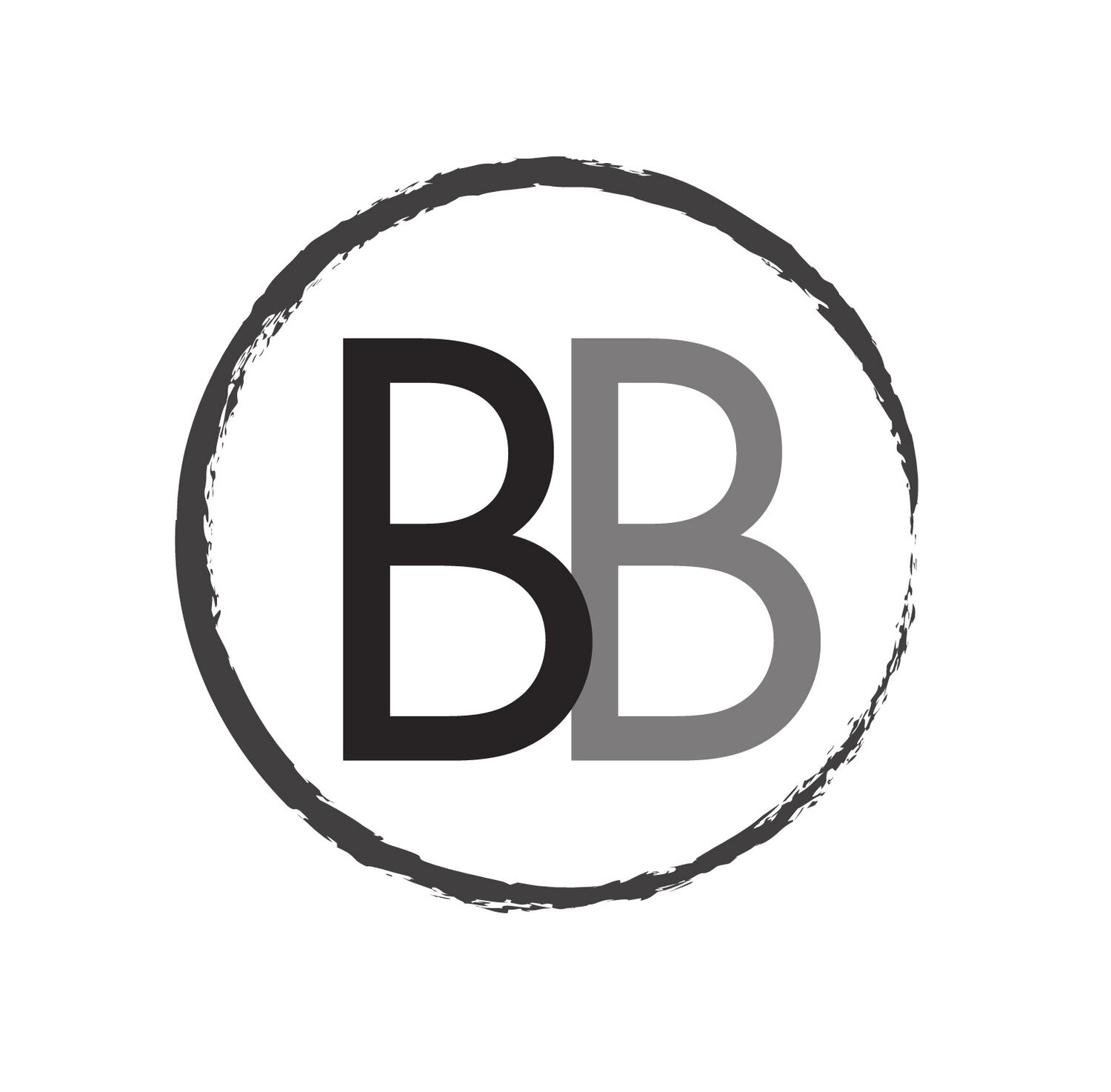Editor’s Note
I teach evenings at a local community college. I am honored to work with these students, all of us exhausted after working all day, but still managing to find meaning in the late-night pursuit of higher education. During the last class before Spring Break, I introduced the Opinion essay. The prompt is pretty basic: choose a problem and give a solution. War. Hunger. Bad Marvel movies. The pitch clock in major league baseball. Any problem the student is willing to grapple with is up for grabs. The only real caveat is that the solution has to cover the basic rhetorical devices of ethos, pathos, and logos. Many people proposed writing about inflation (living is Southern California where stuff is nearly double or triple the price you pay anywhere else in the civilized world is no joke); a few proposed writing about voting; and two chose to write about adoption, both children and pets.
One student, usually jubilant and chatty, quietly showed me her outline. Her topic? Mental health. Ethos: She will use information from her therapist about mental health stigma and other issues. Pathos: She will use the experience of her suicide attempt. Logos: She will use CDC statistics on the demographics of those who suffer from mental illness and the types of treatment (if any) those groups receive.
I took a beat, then took a closer look, to see if I read that right.
Pathos: She will use the experience of her suicide attempt.
The first thing that struck me was the thought of the pain that she must be living with, even after getting professional help. The second was bewilderment. This wasn’t the first time I have encountered this kind of openness in response to a class assignment. (Because she mentioned being in therapy, I understand I don’t have to intervene. This wasnt that kind of message.) But I am always puzzled at the openness at which a student will offer this kind of information to a complete stranger. “I never would or could such a thing,” I always think, perhaps with a tinge of self-righteousness that I hate to admit. But when I reflect on the work we have curated for this issue, I am moved a step closer to understanding.
More than a few people–scholars, scientists, teachers, parents–have said with dismay that we are, at the DNA level, lonely people, with the causes too long to list. A few: The “social” in social media is a misnomer, a joke, truth be told, a thing that silos us instead of bringing us together. Most of us weren’t doing so well to begin with, but throw in COVID-19 shutdowns, grand reopenings, and super huge “let’s just get things back to normal” expectations, and that loneliness, that isolation explodes into epidemic.
I see it played out in the edges of these pages: The narrator of “Cherry Blossom” reaches out, just to fall shy of connection, haunted by thoughts of What If. Ava Ye’s daughter/narrator in “Making Rose Dumplings” laments not being able to transform into the daughter Mama wants. Even Valentine’s Day is haunted with the guilt of a suicide. And so it goes.
But I also see something else: art resonating with the beauty that we are all in this together, transforming pain into the Art of the Everyday Experience. The fact that these pieces exist at all and exist here of all places speaks volumes to the sanctity of a space like BreakBread Magazine. As I have said over and over in these Editor’s Notes: It is why we do what we do.
The narrator of “A Constant State of Opposition” says “The problem, I think, lies in mistaking this reflection for elevation. That person onstage is singing about the same problems I have and they’re adored by millions—this must make me special, too. In reality, that person gained popularity because of their skill to render pain into art, not for having just experienced pain itself.” I would add they become popular because their language bridged our loneliness, in much the same way the young creatives here do.
I nodded as I returned the outline to the student, admiring her bravery. She will write her essay; she will use it as a place to share her pain; she will use language to bridge her Here Is Who I Am to my I Am WIlling To See Who You Are.
She will, in effect, create a piece of art and feel less lonely for the effort.
And, when I receive that art, perhaps I will, too.
W. David Hall, Editor-in-Chief
March 31, 2024












